With the EU’s Green Deal and its established target of zero net emissions of greenhouse gases by 2050, Europe’s ambitions to be the most environmentally friendly continent seem well placed.
But are the ideals of reduce, reuse, recycle really being adhered to? For when it comes to plastic waste, isn’t the EU just as bad as everyone else?
Certainly, data on the subject is not very promising, with European plastics manufacturers and recyclers clearly having their work cut out. According to Cefic, the European Chemical Industry Council, “In Europe, about 30 million tonnes of plastic waste is collected every year. Still, 84% of that does not find its way back into new products, as most of it is incinerated, exported or sent to landfill.”
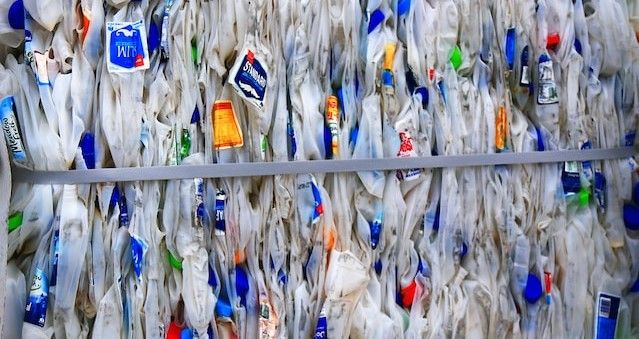
This is despite a recent EU Joint Research Centre report stating that, “Recycling (mechanical, physical or chemical) is preferable to energy recovery in all pathways analysed, notably for mixed polyolefin waste currently not mechanically recycled, because the environmental savings from energy recovery are not sufficient to compensate for the environmental impacts from waste incineration and the related CO2 emissions.”
With this fact established, EU legislators recently issued the Packaging and Packaging Waste Regulation (PPWR) proposal, and the chemical industry has made positive noises over its desire to recycle more. A recent statement signed by more than 60 industry associations representing the European packaging value chain acknowledges the benefits of recycling plastics and the environmental need to do so.
Consequently, chemical recycling has been gaining substantial momentum globally not only with increasing amounts of investment, but also with larger standalone capacity sizes being announced. For example, earlier recycling projects used to report capacity of less than 50,000 tonnes/year, but now newer European pyrolysis centres are more likely to have in excess of 100,000 tonnes/year.
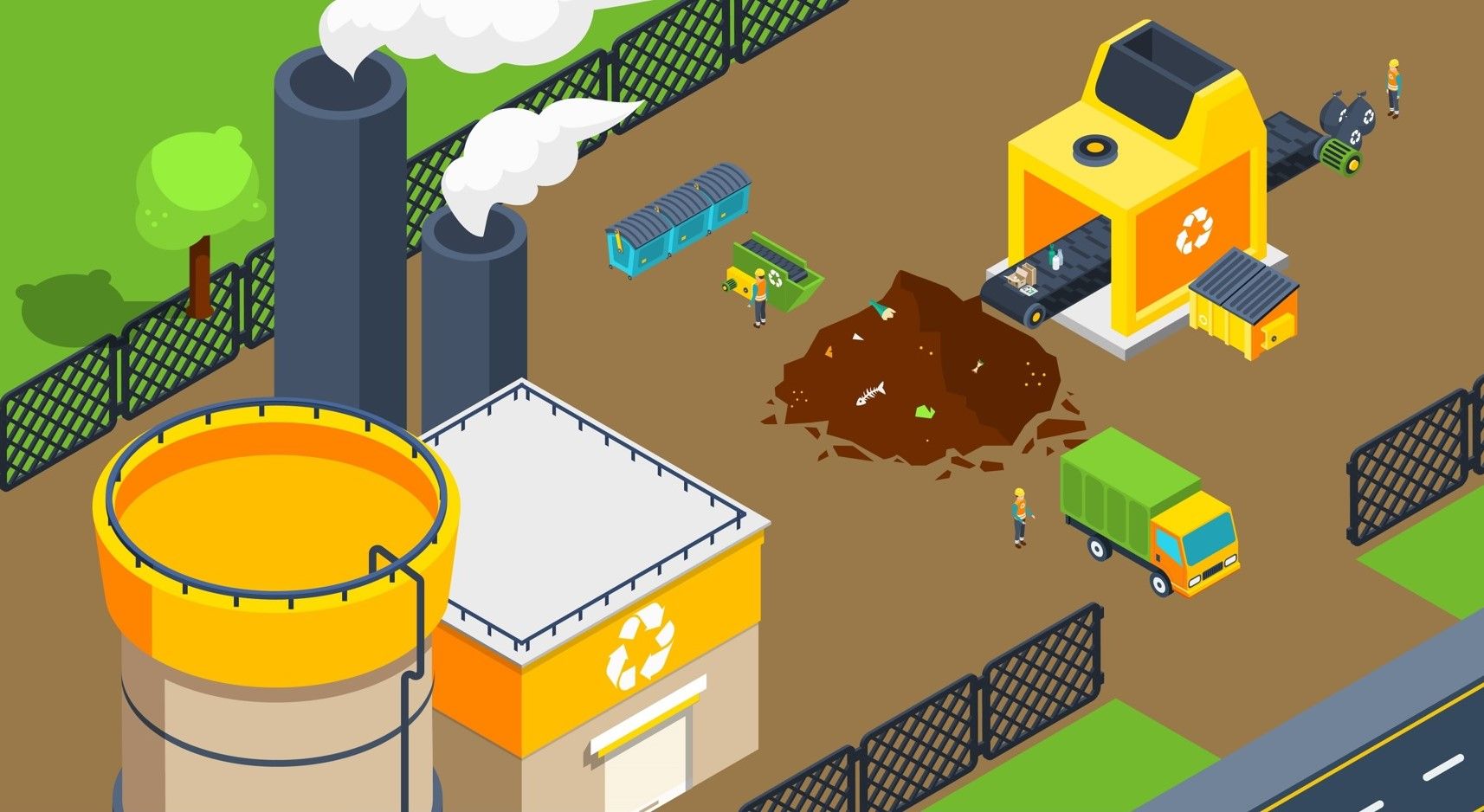
Legislative and Macro-economic Issues
However, macro-economic conditions are no longer very favourable for investing in plastic recycling. Higher interest rates, increased production costs, and environmental regulatory delays are all creating issues for fund-raising.
Over the past twelve months, the rising cost of energy has also inhibited chemical recycling investors. As Mark Victory, a plastics recycling specialist noted in a recent interview with the journal InterPlas, “Even for pyrolysis [facilities – who unlike PET recyclers can generate some of their own power], electricity costs remain a potential challenge – depending on set-up – and particularly in the initial months of operation when throughput is limited. Some players have speculated that this could also lead to delays in plant start-ups, as players await more favourable energy costs.”
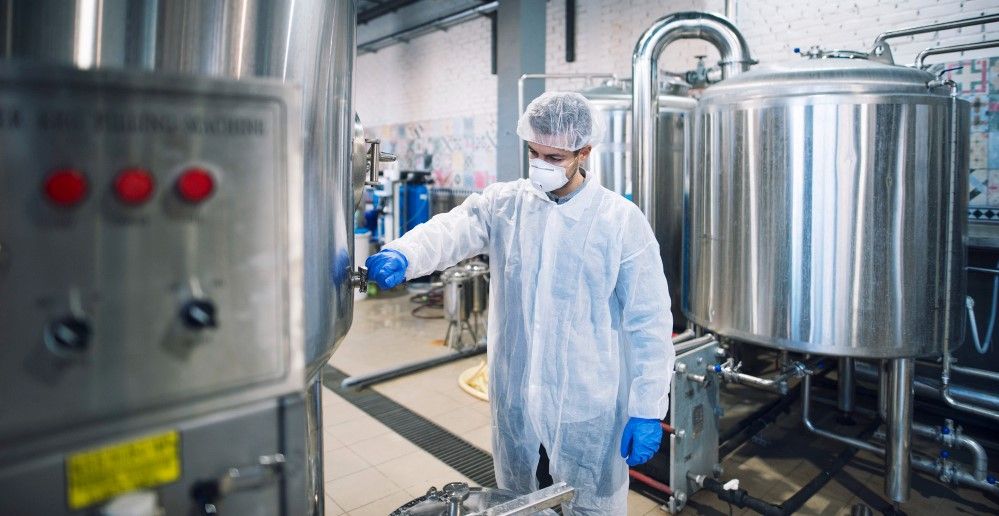
Like all major industrial chemical projects, the success of any plastic recycling facility is also subject to a large degree of speculation and market uncertainty.
“Overall transparency within the industry remains limited,” notes a recent AmiPlastics report. “This is partly caused by the presence of a large number of concept stage and pilot-scale operations, but also by the fact that, in many cases, an analysis of future processing capacities and outputs has to rely on company announcements and plans which are subject to change based on wider market and legislative developments.”

Feedstock Issues
Despite the growing pile of plastic waste in Europe, access to feedstock still remains an issue in the European plastic recycling sector.
While chemical recyclers can employ waste types that are normally not mechanically recyclable, this does not mean they can use any waste.
As a recent ICIS report explains, “Pyrolysis – currently the dominant form of chemical recycling in Europe – typically requires the minimisation of chlorine content due to its corrosive effect, the removal of polyethylene terephthalate (PET) because it oxygenates the process and does not depolymerise using pyrolysis, and the avoidance of nylon and flame retardants.”
This is having an impact on chemical recyclers ability to source feedstock, as shortages of mixed polyolefin bales can force them to use high-plastic content grades of refuse derived fuel (RDF), often at a higher cost. If this situation continues, then industry insiders fear that there will be a disconnect between the growing number of recycling projects planned and the availability of quality feedstock for pyrolysis.
All of which is having a real impact on the health of chemical recycling businesses.
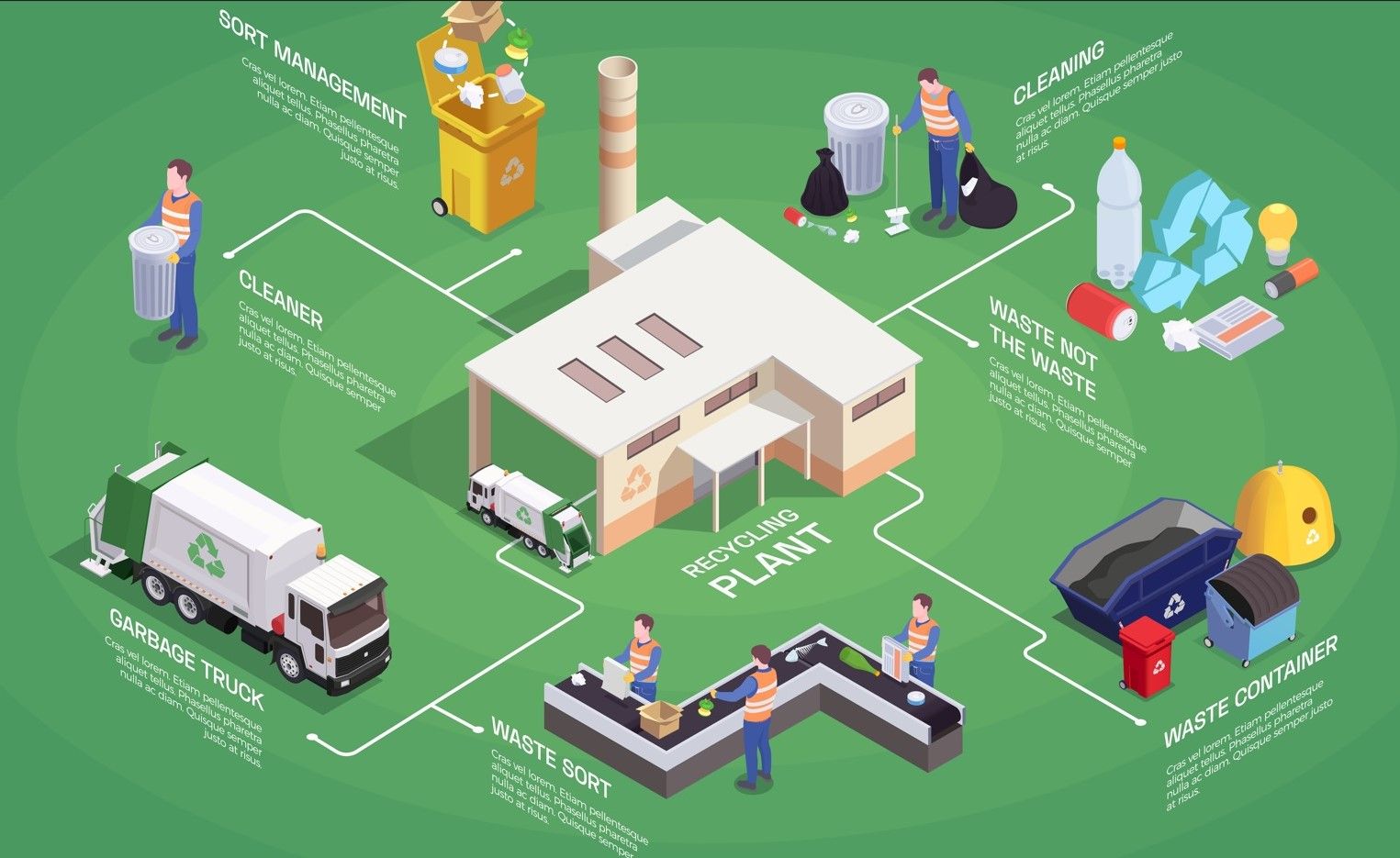
Plastic Recycling Case Study
Recycling Technologies, a start-up in chemical recycling with a number of well-known partners, ceased operating its UK chemical recycling pre-commercial plant in September 2022 as a result of its inability to raise money for operations or find funding for technical development. The business has been placed into administration.
In the same vein, Quantafuel’s situation can be seen as an example of the financial stresses chemical recyclers must live through. While the company is in seemingly good health, with several projects online and a proposed takeover of UK waste management company Viridor, it still reported a financing need in Q2 2023 of $70 million with its cash reserves falling 50% in just over a year.
This liquidity shortfall was caused by “near-term project financing commitments and the lack of positive cash flow from projects, driven by high energy and feedstock prices.”
At the same time, a proposed 100,000 tonnes/year capacity plant to be built at a cost of $140 million, had to be downsized to 80,000 tonnes/year. This decision was made as a feasibility study put the cost for even the smaller, new plant at between $200m-$250m.
These two cases are just part of an industry-wide issue, highlighted in the ICIS report which estimated that legislative hold ups and operational cost increases could (in a worst-case scenario) put at risk the final investment decision into more than 2m tonnes/year capacity.
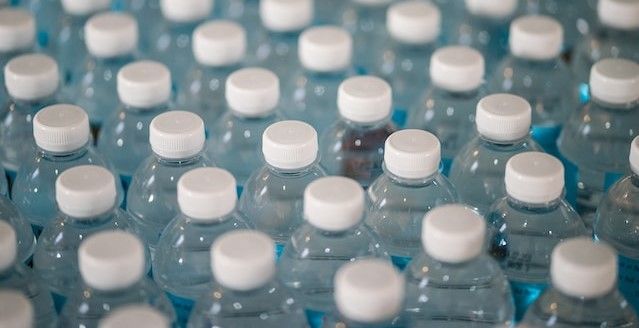
“It is yet to be seen,” says Carolina Holland, a plastic recycling analyst, “whether the project variability seen in Europe can serve as an indication of a larger upcoming storm for the chemical recycling industry or whether these are simply market volatility consequences typical for the organic growth of a nascent industry. One thing although is clear: risk mitigation strategies and agility are required to navigate this uncertain macro-environment.”
The chemical recycling industry is never simple. It requires a smooth blend of legislative support, a good macro-economic outlook, sufficient feedstock, and consistent investment. As the repercussions from the pandemic and the Ukraine war linger on with high energy prices and labour shortages, the challenges for the sector continue to mount up.

It is an issue reiterated by Plastics Europe’s managing director, Virginia Janssens, who explain that, “… the window of opportunity is in danger of closing as the process of securing financing, obtaining permits, building and commissioning new plants can take several years.”
So even as the political, public, and chemical industry support for increased chemical recycling remains strong, the future of numerous recycling projects remains uncertain. All while the environmental need for action grows.
If you would like to read more on this subject, try: Governments are Rethinking Chemical Industry Policy, Can Europe’s Chemical Industry Go Circular?, or Ethical and Sustainable Raw Materials: From Supply or Purchasing?
Photo credit: Nareeta Martin on Unsplash, Jonathan Chng, Nareeta Martin, Gary Chan, yogendras31 on Pixabay, Macrovector on Freepik, & Alexandclarlittlwolf